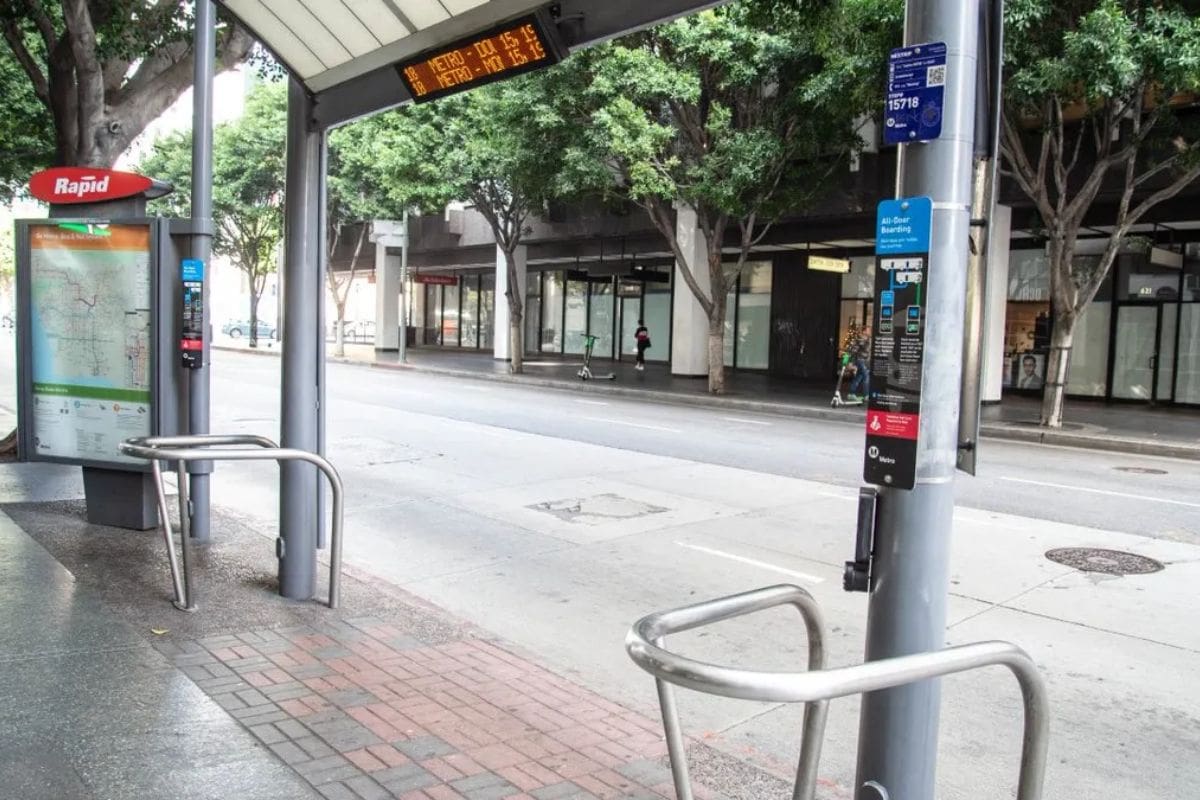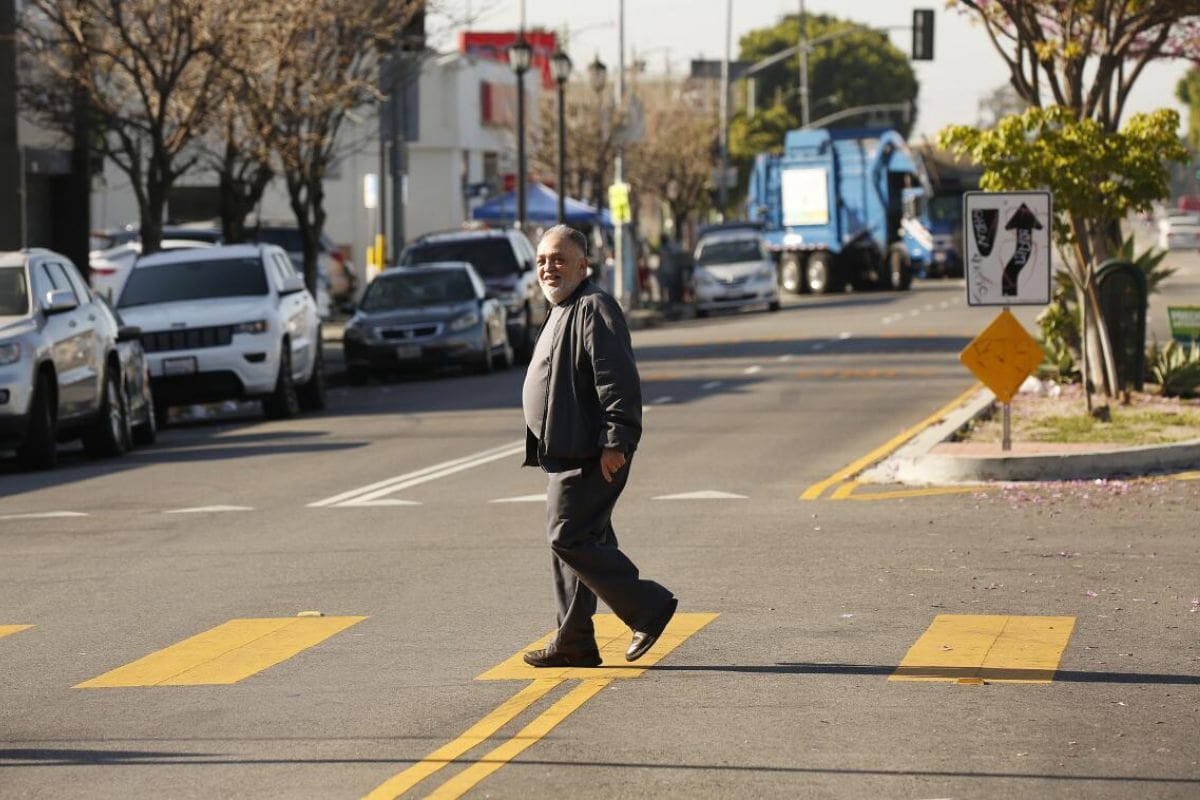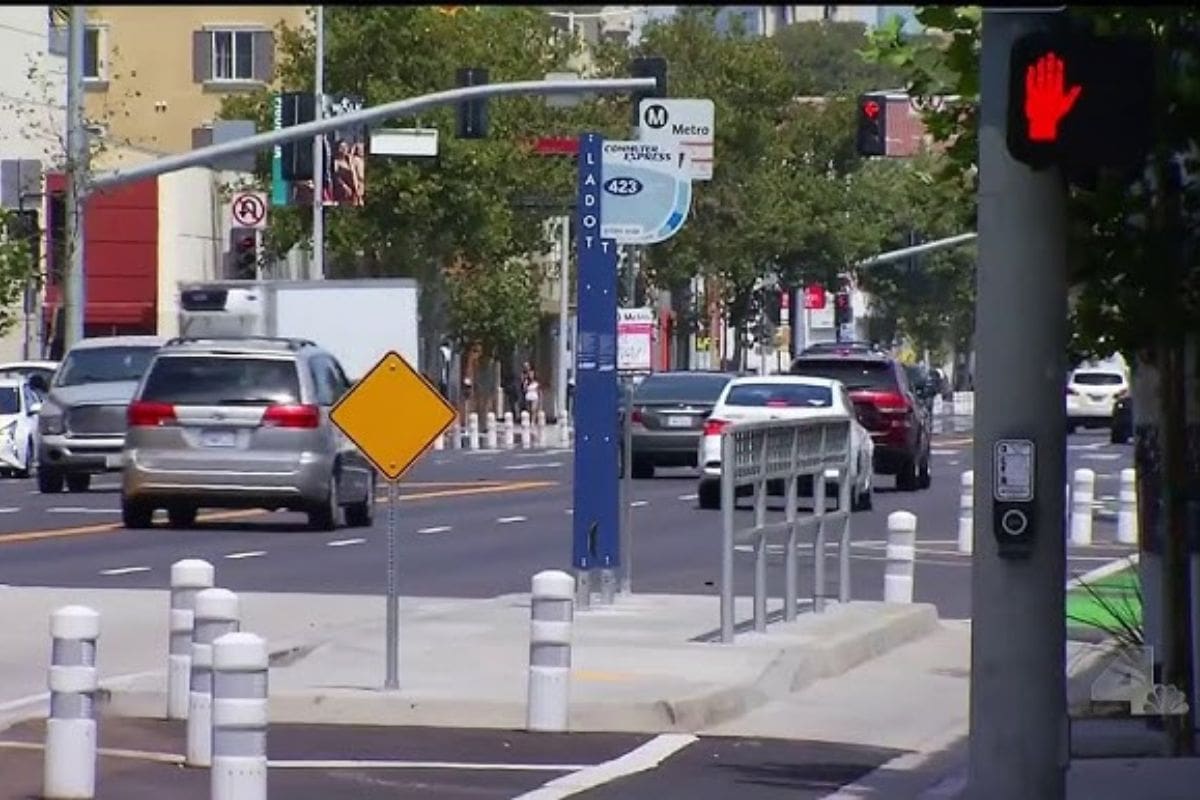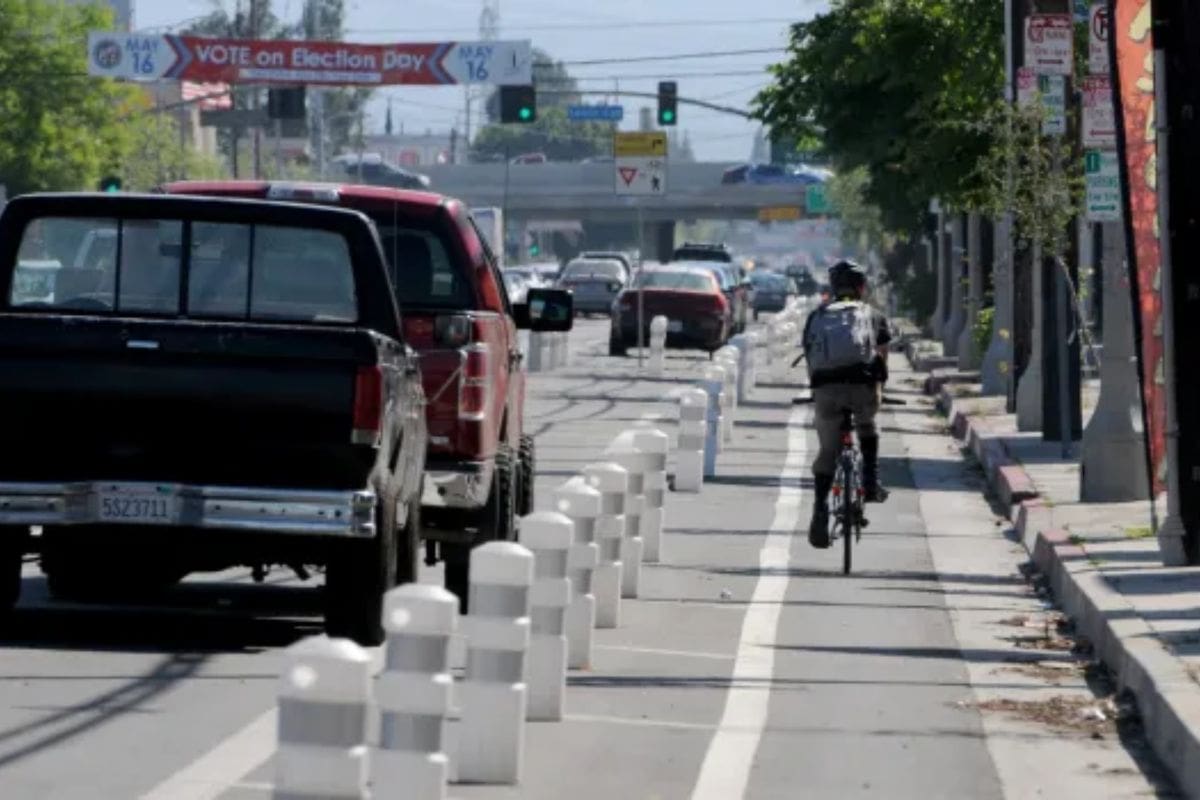Deciphering Measure HLA: As Los Angeles grapples with the ongoing challenges of urban mobility and safety, Measure HLA emerges as a potential game-changer in reshaping the city’s streetscape. By focusing on enhancing safety measures and promoting a more pedestrian-friendly environment, this initiative has sparked a wave of anticipation and debate among city residents and policymakers alike.
The implications of Measure HLA go beyond mere infrastructure adjustments; they signal a fundamental shift in how Angelinos navigate and interact with their urban surroundings. The impact of this measure on LA’s streets is poised to redefine the city’s safety landscape, but what exactly does this entail for the future of transportation in the City of Angels?
Shifting Los Angeles’ Transportation Focus
In the wake of Measure HLA’s implementation, Los Angeles is undergoing a significant shift in its transportation priorities, pivoting towards a renewed focus on pedestrian and cyclist safety within the city’s streetscape. This shift marks a departure from the traditional car-centric approach that has long dominated the city’s transportation landscape. With the emergence of Measure HLA, Los Angeles is embracing a new era where the safety and well-being of pedestrians and cyclists are taking center stage.
This transformation is not merely cosmetic; it reflects a fundamental rethinking of urban planning and design principles. By placing a heightened emphasis on pedestrian and cyclist safety, Los Angeles is striving to create streets that are more accessible, equitable, and sustainable for all residents. This shift aligns with broader national and global trends that prioritize alternative modes of transportation and aim to reduce reliance on cars.
As Los Angeles reimagines its streets to prioritize safety, it sets a precedent for other cities looking to foster more pedestrian and cyclist-friendly environments.
Measure HLA Overview: Promoting Safer Streets
With the implementation of Measure HLA, a transformative initiative known as Healthy Streets LA, Los Angeles is actively promoting the creation of safer streets by enforcing the provisions outlined in the Mobility Plan 2035.
The Mobility Plan, adopted ten years ago, aimed to enhance bike lanes and sidewalks but faced challenges in execution. Measure HLA, also known as Healthy Streets LA, serves as a crucial tool in revitalizing the city’s transportation infrastructure.
By focusing on promoting safer streets, Measure HLA aims to address the shortcomings of the Mobility Plan 2035 and bring about tangible improvements to the city’s streets.
Through this initiative, Los Angeles is taking proactive steps to ensure that pedestrians, cyclists, and motorists can coexist safely on the roads.
Measure HLA Mandates: Street Modifications and Accountability
Enforcing a stringent framework of street modifications and ensuring accountability among city officials, Measure HLA mandates a comprehensive overhaul of Los Angeles’ transportation infrastructure to prioritize safety. The measure focuses on implementing Mobility Plan projects, with a particular emphasis on incorporating protected bike lanes during roadway improvements.
By requiring these modifications, Measure HLA aims to create a more pedestrian and cyclist-friendly environment, reducing the risk of accidents and promoting alternative modes of transportation. Additionally, the measure places a significant emphasis on holding city officials responsible for the development of safer streets, ensuring that they are actively working towards the goals outlined in the mandate.
This accountability mechanism is crucial in driving change and ensuring that safety remains a top priority in all transportation planning decisions. Ultimately,HLA’s mandates seek to transform Los Angeles’ streets into safer, more accessible spaces for all residents, emphasizing the importance of proactive measures in enhancing the city’s overall transportation infrastructure.
Proponents’ Perspective: Safety and Options for Angelinos
Undoubtedly, proponents of Measure HLA advocate for safer streets in Los Angeles, underscoring the necessity of prioritizing pedestrian and cyclist safety while offering viable alternatives to car-centric transportation. They argue that enhancing safety measures for pedestrians and cyclists is crucial in reducing traffic-related fatalities and injuries. By focusing on infrastructure improvements, such as adding bike lanes and crosswalks, Measure HLA aims to create a more pedestrian and cyclist-friendly environment, encouraging active modes of transportation.
Furthermore, supporters of Measure HLA emphasize the importance of providing options beyond traditional car use. By investing in public transportation, walking, and cycling infrastructure, Angelinos can choose safer and more sustainable ways to navigate the city. This approach not only enhances public safety but also contributes to reducing traffic congestion and improving air quality. Ultimately, proponents believe that by prioritizing safety and offering alternative transportation options, Measure HLA can create a more vibrant, healthy, and sustainable Los Angeles for all its residents.
Opposition Concerns: Public Safety and Financial Implications
Opposition to Measure HLA, spearheaded by the Los Angeles City Firefighters union, raises significant concerns regarding public safety implications and the substantial financial burden that the measure could impose on the city. The union highlights the potential impact on 911 response times due to reconfigured streets, emphasizing the importance of maintaining efficient emergency services. Additionally, the reported $3.1 billion unfunded liability associated with Measure HLA is a major point of contention. The union argues that adding mandates without adequate funding could strain the city’s finances and hinder its ability to meet essential needs.
Regarding the financial aspect, there is a dispute over the estimated costs of implementing Measure HLA. While the union expresses worries about the accuracy of the financial figures presented, proponents of the measure suggest that these concerns may be overstated. The debate over the financial implications of HLA remains a crucial point of contention between the opposition and supporters, underscoring the need for a comprehensive assessment of the measure’s potential costs and benefits.
Also Read: California High Speed Rail Navigating Funding and Construction Hurdles
News In Brief
Los Angeles faces a transformative moment with Measure HLA, a ballot initiative set to reshape urban mobility. Embracing pedestrian and cyclist safety, this initiative signals a departure from the city’s car-centric past. With a focus on implementing Mobility Plan 2035, HLA mandates street modifications during improvements, aiming to create safer, more accessible streets. Proponents champion the move towards alternative transportation, while opposition, led by the firefighters union, raises concerns about 911 response times and a reported $3.1 billion liability. As LA voters decide, the measure’s potential impact on safety and city finances remains a focal point of debate.




